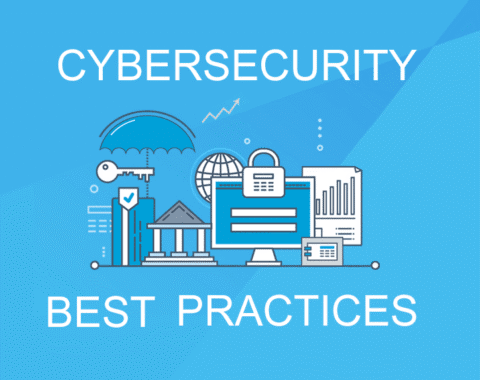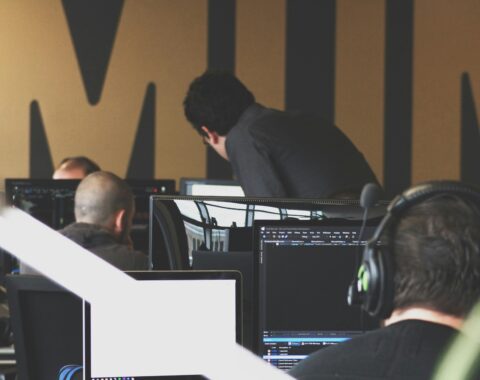As we approach the end of life (EOL) for Windows 10 on October 14, 2025, it’s essential for businesses to understand the implications of continuing to use an unsupported operating system. The EOL date signifies the point at which Microsoft will no longer provide security updates, patches, or technical support for Windows 10. This can pose significant risks, especially in today’s increasingly digital world.
The most immediate and critical risk of staying on Windows 10 post-EOL is the lack of security updates. Without regular patches, any new vulnerabilities discovered in Windows 10 will remain unaddressed, leaving systems exposed to a variety of cyber threats, including malware, ransomware, and other forms of attack. History has shown that unsupported systems are prime targets for cybercriminals, who exploit these unpatched vulnerabilities to gain unauthorized access to sensitive data.
For businesses operating in regulated industries such as healthcare or finance, the compliance and legal risks are even more severe. Running an unsupported operating system could result in violations of industry regulations like HIPAA, SEC, or FINRA requirements, potentially leading to hefty fines and legal repercussions. Moreover, this could damage your business’s reputation and erode client trust.
In addition to security and compliance issues, continuing to use Windows 10 could lead to compatibility and performance problems. As new software and hardware are developed, they may no longer be supported by an outdated operating system, resulting in decreased performance and productivity. Furthermore, Windows 10 may not be able to support modern cybersecurity measures and protocols, making it harder to protect your systems against evolving threats.
Support for essential software, including security tools, may also wane. Many software providers may choose to discontinue support for Windows 10, which could leave your systems vulnerable or force you to seek costly alternatives. The false economy of avoiding an upgrade could end up costing more in the long run, as the expenses related to maintaining outdated systems, dealing with data loss, or experiencing business disruption can far outweigh the cost of upgrading.
Windows 11, on the other hand, offers enhanced security features designed to protect against modern threats. With built-in protections and better integration with cloud-based security solutions, Windows 11 provides a more robust defense against cyberattacks. Additionally, Windows 11 offers improved performance and user experience, with more efficient resource management and better support for modern hardware and software, ensuring your business can operate smoothly and efficiently.
Upgrading to Windows 11 is not just about keeping up with the latest technology; it’s about future-proofing your business. By staying current with supported operating systems, you ensure compatibility with upcoming technologies and maintain a competitive edge in your industry.
As the EOL date for Windows 10 approaches, it’s crucial to take action. Upgrading to Windows 11 before October 14, 2025, will help protect your business from the myriad risks associated with running an unsupported operating system. If you’re unsure of how to proceed, we encourage you to reach out for a migration plan. At Southridge, our team can provide an assessment to help determine the best upgrade path for your specific needs. Reach out: support@southridgetech.com or call 203-431-8324




